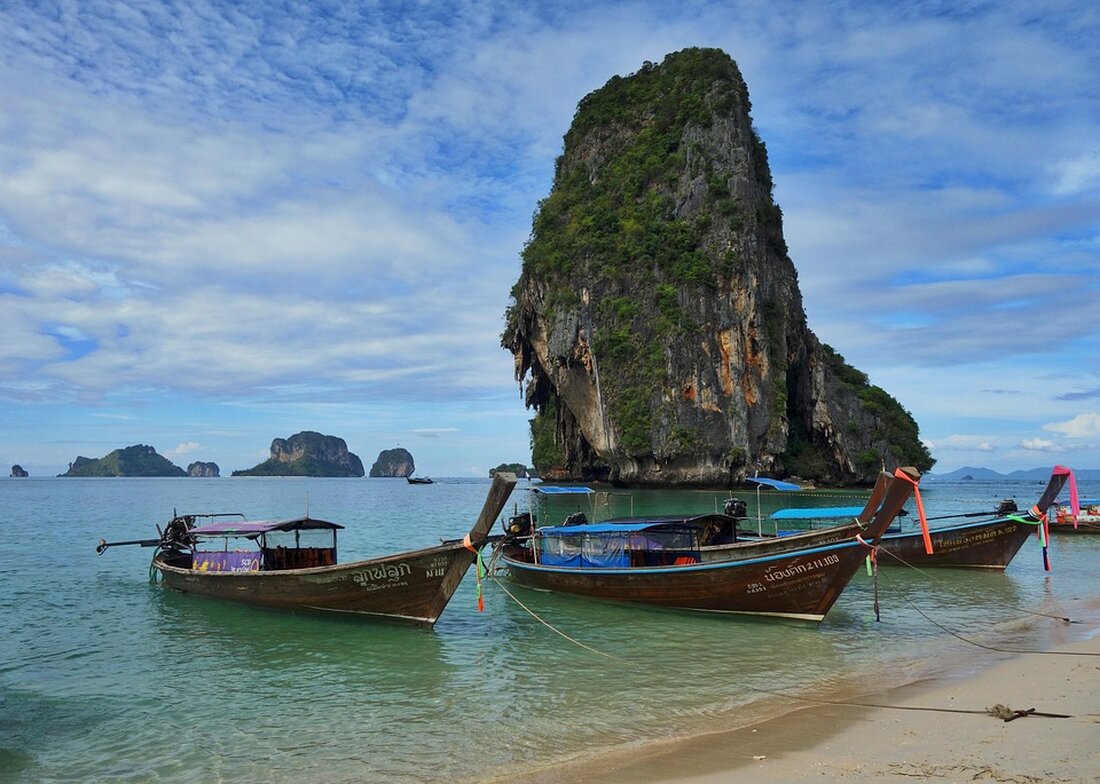Da Nang and Quang Nam: Fusion for tourism and new opportunities!
The merger of Da Nang and Quang Nam 2025 will strengthen tourism, promote new products and transform the region into a logistics hub.

Da Nang and Quang Nam: Fusion for tourism and new opportunities!
On May 21, 2025, the cities of Da Nang and Quang Nam announced a significant merger aimed primarily at strengthening tourism. This cooperation is a strategic step as tourism is the most important industry in both regions along the Central Heritage Road. Loud vietnam.vn About 90% of tourists in Da Nang also visit Quang Nam and vice versa. The aim is to reduce competition and create new tourism products in order to increase the overall attractiveness of the region.
Da Nang stands out for its strengths in event tourism and upscale resort tourism, while Quang Nam is known for its cultural tourism and ecotourism. International events taking place in the region already demonstrate the success of this collaboration. After the merger, Da Nang is seen as a megacity that is expected to take a leading role in the central region of Vietnam.
New product development and tourism strategy
A key focus is on developing new tourism products, such as green tourism, ecotourism, community tourism and cultural tourism. With over 500,000 hectares of primary forest, the Song Thanh National Park and the Cu Lao Cham Biosphere Reserve, Da Nang offers high potential for environmental travel offerings. Currently, both cities receive about 12 million tourists annually, generating over VND40 trillion in income. However, it is expected that tourist numbers could decline after the merger, while revenue streams are expected to increase in the long term.
Another important aspect of the merger is logistical development, which is considered a key industry after tourism. The port and logistics cluster in the Da Nang – Quang Nam region is intended to play a central role in the global supply chain. This region is also called the “logistics base” of central Vietnam due to its central geographical location and synchronized transport infrastructure. This was also confirmed by the approval of Prime Minister’s Decision No. 140/QD-TTg for the detailed planning of Vietnam's national port system, which aims to restructure the maritime network by 2030 with a vision to 2050, as baodanang.vn determines.
Logistics as a key industry
The region is increasingly becoming a multimodal logistics hub, combining road, rail, sea and air transport. Major deep-water ports, including Tien Sa Port, which is one of the three largest ports in central Vietnam, process over 15 million tons of cargo annually and receive numerous cruise ships. Da Nang also has three large logistics centers that support both national and regional connectivity, particularly to the East-West Economic Corridor (EWEC).
With a growing logistics industry contributing approximately 5.8% to Da Nang's gross domestic product (GRDP) and experiencing annual growth rates of 9%, the logistics sector in Quang Nam is considered a strategic development priority for 2025-2030. Da Nang plans to become a regional and international logistics center by 2030, further strengthening the region's competitiveness.
Overall, the merger of Quang Nam and Da Nang is expected to bring positive changes, bringing both economic and security benefits. With a focus on leveraging existing resources and promoting existing benefits, the two regions are entering a new phase of development that will benefit over 3 million people.

 Suche
Suche
 Mein Konto
Mein Konto